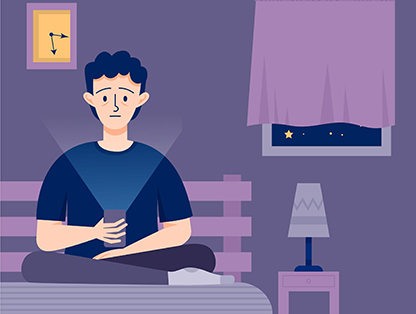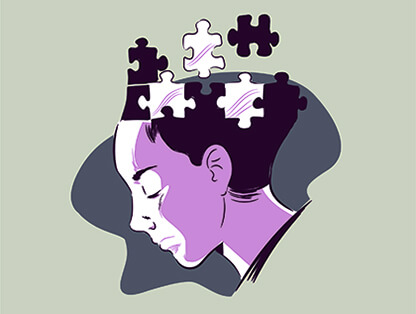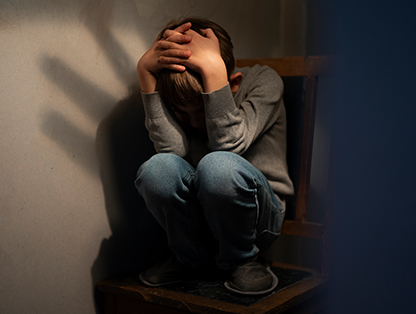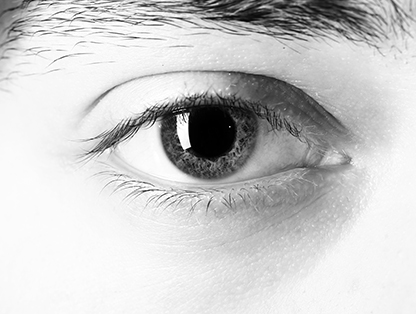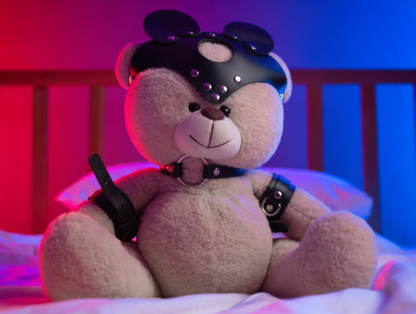1. My wants and needs have never come first for my parents/caregivers.
2. My parents/caregivers taught me to rely on my own forces.
3. My parents/caregivers often set other children as examples for me.
4. My parents/caregivers tried their best to protect me from danger.
5. I grew up as an insecure child.
6. During my childhood, my parents/caregivers often helped me cope with stress and overcome difficulties.
7. My parents/caregivers or one of them couldn't give me enough attention.
8. As a child, I was uncomfortable discussing my problems and worries with my parents/caregivers.
9. As a child, I often experienced envy of other children.
10. My parents/caregivers expected independence and restraint from me and encouraged it.

